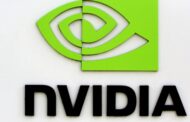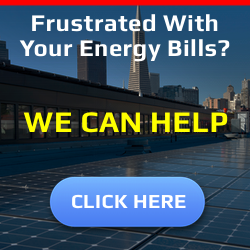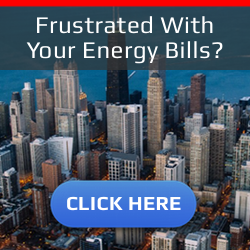Microinverters are devices used in solar energy systems that convert the direct current (DC) produced by individual solar panels into alternating current (AC) that can be used by home appliances or fed into the grid. Here are some key advantages and features of microinverters:
- Panel-Level Optimization: Unlike traditional string inverters that connect multiple panels together, microinverters are installed on each panel. This allows for optimized performance even if one panel is shaded or dirty, as each unit operates independently.
- Increased Energy Harvesting: By maximizing the output of each panel, microinverters can increase overall energy production, particularly in installations where panels face different directions or have varying shading conditions.
- Enhanced Monitoring: Microinverters typically come with monitoring systems that allow homeowners to track the performance of each individual panel. This can help in quickly identifying and addressing any issues.
- Safety Features: Microinverters operate at a lower voltage compared to string inverters, which can enhance safety during installation and maintenance.
- Scalability: It’s easier to expand a solar system using microinverters, as you can add additional panels and microinverters without needing to replace the entire inverter system.
- Long Lifespan: Many microinverters have long warranties (often around 20 to 25 years), which can match the lifespan of solar panels.
- Higher Initial Cost: While microinverters offer many advantages, they can have a higher upfront cost compared to traditional string inverters. However, the long-term benefits often justify the investment.
If you’re considering a solar energy system, evaluating whether to use microinverters or string inverters will depend on factors like your roof layout, shading, and budget.
Disadvantages of Microinverters
- Higher Initial Cost: As mentioned, microinverters generally come with a higher upfront cost compared to string inverters. This can be a barrier for some homeowners.
- Complexity of Installation: Installing microinverters can be more complex due to the increased number of devices. This may require more time and labor during installation.
- Potential for More Points of Failure: With more devices in the system, there’s a possibility of having more components that could fail. However, many manufacturers offer robust warranties.
- Limited Performance in Low-Light Conditions: While they perform well under varying conditions, microinverters might not outperform string inverters in consistently low-light environments.
Applications of Microinverters
- Residential Solar Systems: Microinverters are particularly popular for residential systems, especially in homes with complex roof layouts or shading issues.
- Commercial Solar Installations: They are also suitable for small to medium-sized commercial applications, where maximizing energy output is crucial.
- Solar Farms: In some cases, microinverters are used in solar farms, especially when there’s a mix of different panel orientations or shading from surrounding structures.
Comparison with String Inverters
- Efficiency: Microinverters typically have better energy harvesting capabilities, especially in partially shaded conditions. String inverters might underperform if one panel in the string is affected.
- Monitoring: Microinverters allow for detailed panel-level monitoring, while string inverters provide system-level monitoring, making it harder to pinpoint issues.
- Installation: Microinverters are more flexible regarding installation options, especially in roofs with different angles or orientations.
- Scalability: Adding panels to a system with microinverters is straightforward, while string inverter systems may require a larger inverter or a new inverter if adding significant capacity.
Technological Advancements
Recent advancements in microinverter technology have led to features like:
- Integrated Energy Storage: Some microinverters can work seamlessly with battery storage systems, allowing for energy storage and backup solutions.
- Smart Home Integration: Modern microinverters can connect with smart home systems, providing enhanced monitoring and control through mobile apps.
Conclusion
Microinverters offer many advantages, particularly for homeowners looking to maximize the efficiency of their solar installations. While the initial cost may be higher, the long-term benefits, especially in terms of energy production and monitoring, can make them a worthwhile investment. When deciding on a solar system, it’s essential to consider your specific needs, roof conditions, and budget to determine if microinverters are the right choice for you.









